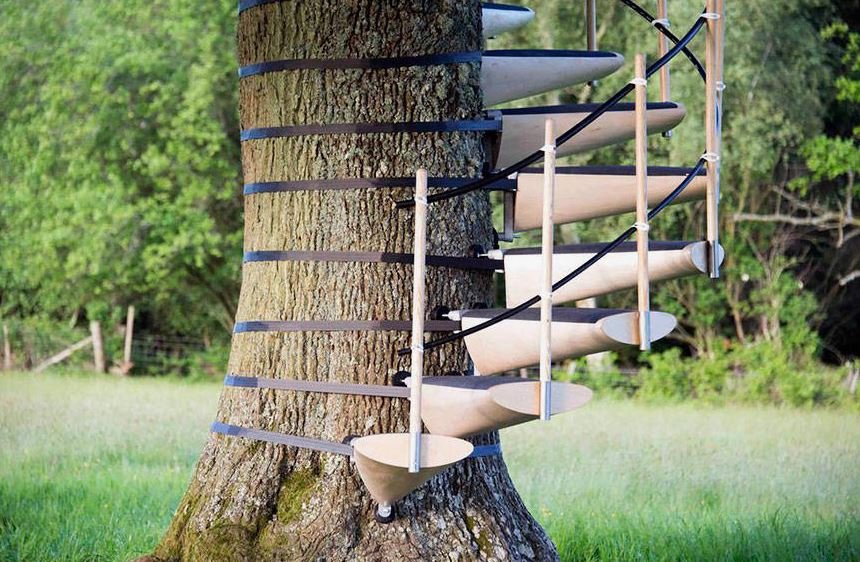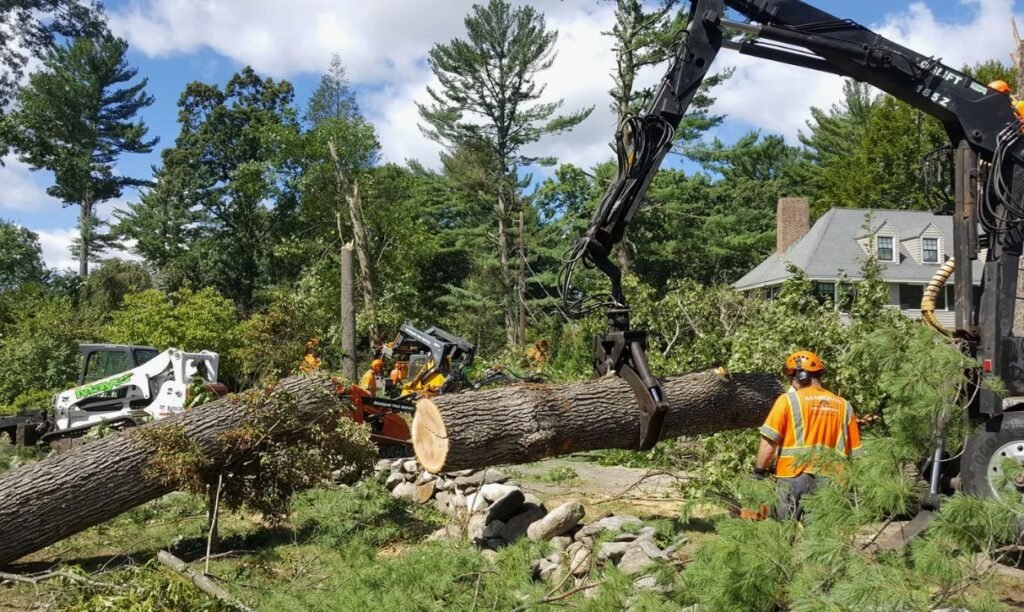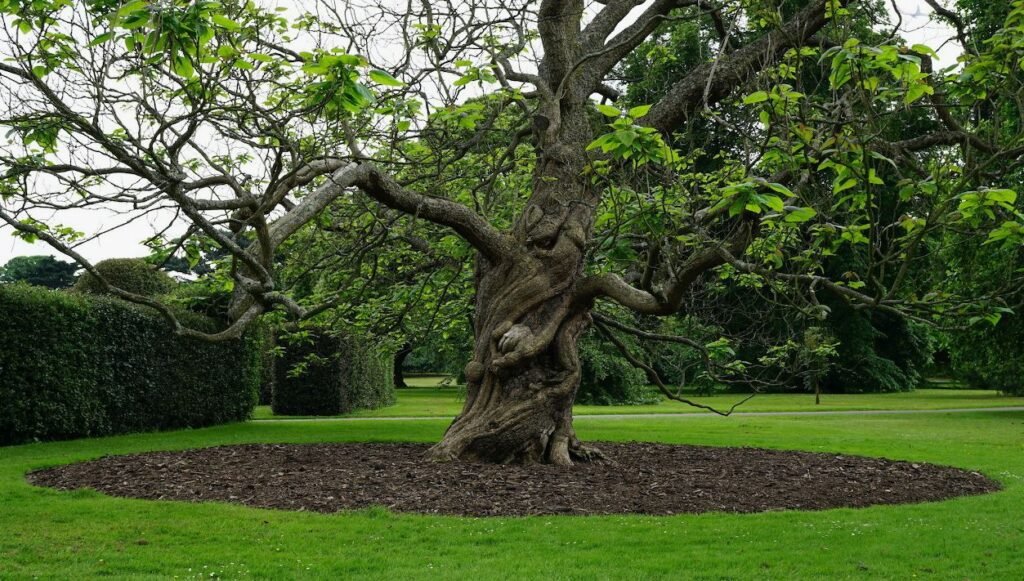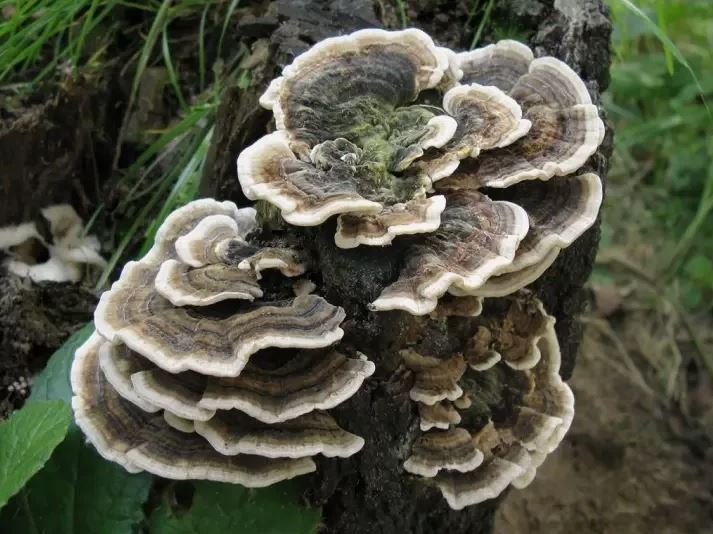Trees are a beautiful and valuable part of any landscape, but they can also pose serious risks if they become damaged or unstable. While regular tree maintenance can help prevent many problems, there are times when trees require immediate attention to ensure safety for your home and property. Emergency tree care is essential in these situations to prevent damage, injury, or further deterioration. In this blog, we’ll explore six signs that indicate you need emergency tree care and when to call in a professional for help.
Recognizing the Need for Emergency Tree Care
Trees can sometimes give subtle or obvious signs of distress, and it’s important to recognize these signs before they lead to dangerous situations. Ignoring a compromised tree can result in property damage, injuries, and even life-threatening situations. Understanding when emergency tree care is needed can help you act quickly and prevent disasters.
1. Large Cracks or Splits in the Trunk – A Sign You Need Emergency Tree Care

One of the most obvious signs that a tree may need emergency care is the appearance of large cracks or splits in the trunk. These splits often indicate structural instability, which can lead to the tree breaking apart during storms or high winds.
Why It’s Dangerous
Cracks and splits weaken the tree’s structure, making it prone to collapse without warning. A tree with a compromised trunk is at risk of falling, especially in bad weather, putting nearby structures and people in harm’s way. Immediate tree care is necessary to prevent accidents.
What to Do
If you notice large cracks or splits, it’s essential to call an emergency tree care professional right away. An arborist can assess the severity of the damage and determine whether the tree can be saved or if removal is the safest option.
2. Leaning Tree – Why This Requires Immediate Emergency Tree Service
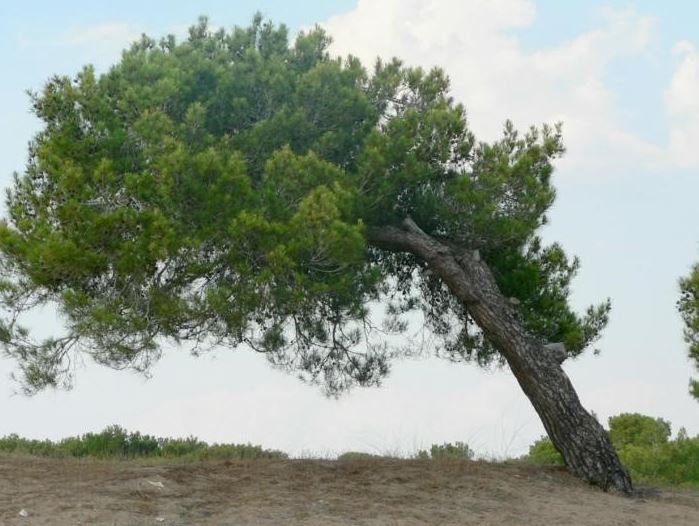
A leaning tree is often a cause for concern, particularly if it was previously upright. While some trees may naturally grow at an angle, a sudden or significant lean is a clear indicator that the tree is unstable and may need emergency care.
Why It’s Dangerous
A tree that leans can eventually fall, especially during storms or under the weight of heavy snow or ice. Leaning trees pose a risk to your property, power lines, and pedestrians. The sooner the issue is addressed, the better the chances of avoiding an unexpected fall.
What to Do
If a tree is leaning and you notice that the soil around the base appears disturbed or lifted, contact an emergency tree care expert. The arborist will evaluate the tree’s root system and recommend the appropriate action, whether it’s stabilization or removal.
3. Dead or Dying Branches

Dead or dying branches are not just an eyesore; they can also be a significant hazard. These weakened branches are more likely to break off in windy conditions, putting people and property below at risk.
Why It’s Dangerous
Dead branches can fall at any time, especially during storms or high winds, which could result in injury or damage to vehicles, homes, or fences. Additionally, dead branches are often a sign of larger health problems within the tree that need to be addressed.
What to Do
When you spot dead or dying branches, it’s best to call a professional to remove them as soon as possible. A tree care specialist can also inspect the overall health of the tree to determine if further intervention is needed.
4. Root Damage

Tree roots are essential for stability and nutrient absorption, but they can be damaged by construction, landscaping work, or even disease. Root damage can significantly compromise a tree’s stability, often making it a candidate for emergency care.
Why It’s Dangerous
When the roots of a tree are damaged, the entire structure becomes unstable. The tree may lose its ability to remain anchored in the ground, increasing the likelihood of it toppling over. This situation is especially dangerous for trees near homes, driveways, or streets.
What to Do
If you suspect root damage—such as visible roots being cut during construction or signs of decay near the base of the tree—it’s crucial to contact an emergency tree care service. A professional arborist can assess the extent of the damage and suggest the best course of action to protect both the tree and your property.
5. Sudden or Significant Loss of Leaves

While trees naturally shed leaves during certain times of the year, sudden or significant leaf loss during the growing season can indicate a serious problem. This can be a sign of disease, pest infestation, or environmental stress.
Why It’s Dangerous
A tree that loses leaves prematurely may be suffering from severe internal issues, which can lead to rapid decline or even death. These compromised trees are at risk of dropping branches or falling altogether, especially if the root system or trunk is affected.
What to Do
If you notice unexplained leaf loss, particularly in the spring or summer, it’s essential to call a tree care professional immediately. An expert can diagnose the underlying issue and take steps to save the tree or recommend removal if necessary.
6. Fungal Growth

Fungal growth, such as mushrooms or bracket fungi, at the base of a tree or on its trunk is a clear indication that the tree may be decaying from the inside out. This is often a sign of internal rot or disease, and it can lead to serious structural issues.
Why It’s Dangerous
When fungus is present on a tree, it means the tree’s internal wood is breaking down, leading to a weakened structure. As the decay progresses, the tree becomes more vulnerable to falling or losing large branches, posing a danger to your property and anyone nearby.
What to Do
If you spot fungal growth on your tree, contact an emergency tree care expert right away. A professional arborist will assess the tree’s condition and recommend the appropriate treatment or removal to prevent accidents.
When to Call a Professional for Emergency Tree Care
Recognizing these six signs is the first step in protecting your property and loved ones from potential tree-related hazards. However, addressing these issues on your own can be dangerous. That’s why it’s essential to contact a professional tree care expert for emergency assistance.
Why Professional Help Is Essential
- Safety: Emergency tree care often involves dangerous tasks, such as removing large branches or entire trees. Professionals have the proper equipment and training to handle these situations safely.
- Accurate Diagnosis: A certified arborist can accurately diagnose the root cause of tree issues and determine whether a tree can be saved or if removal is the best option.
- Prevention of Further Damage: Acting quickly with the help of a professional can prevent further property damage or personal injury. They can also advise on how to care for other trees on your property to avoid future emergencies.
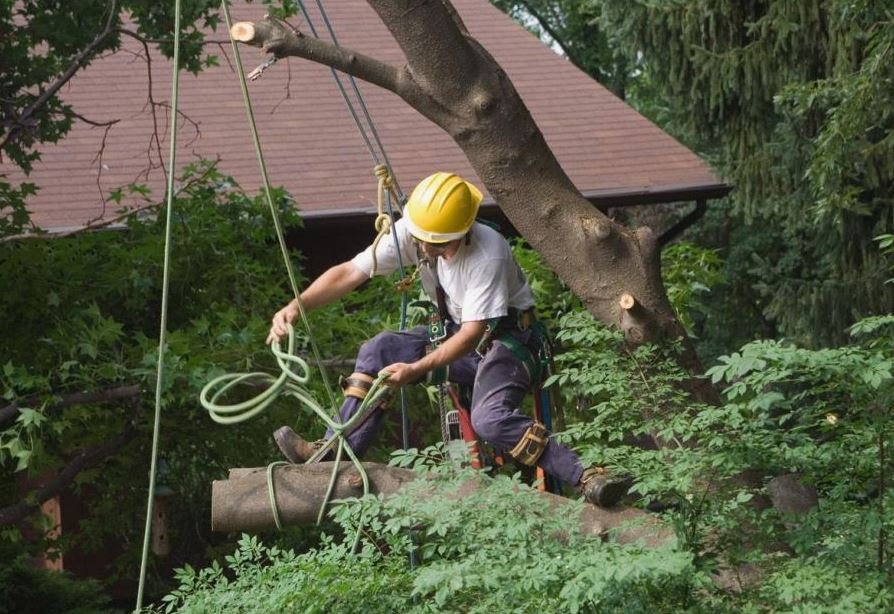
Emergency tree care is crucial in situations where trees become hazardous due to cracks, leaning, dead branches, root damage, leaf loss, or fungal growth. Acting quickly when you notice these warning signs can prevent serious damage or injury. Always remember to call a professional arborist for an expert assessment and safe handling of the situation. With proper care, you can keep your trees healthy and your property safe for years to come.
